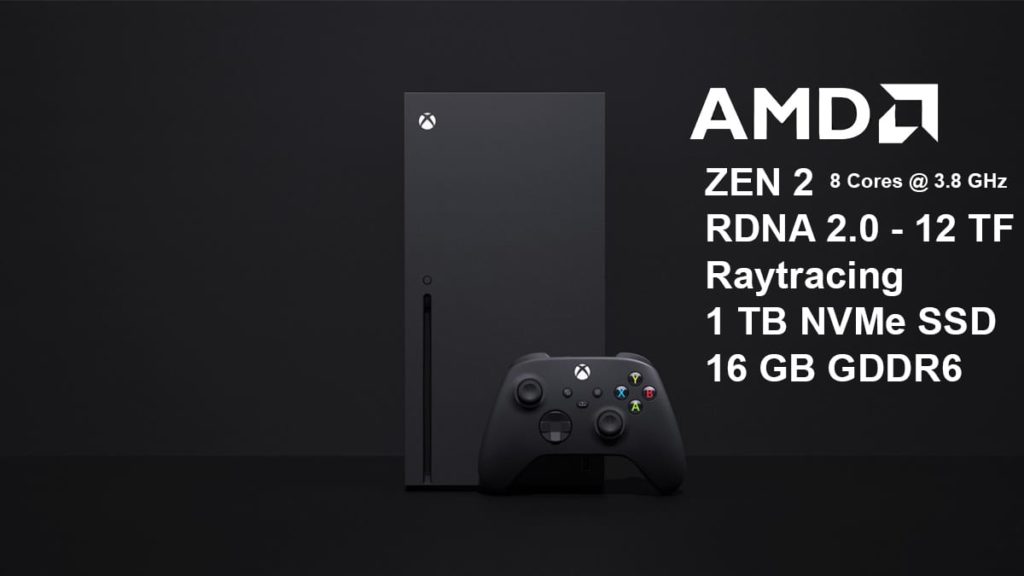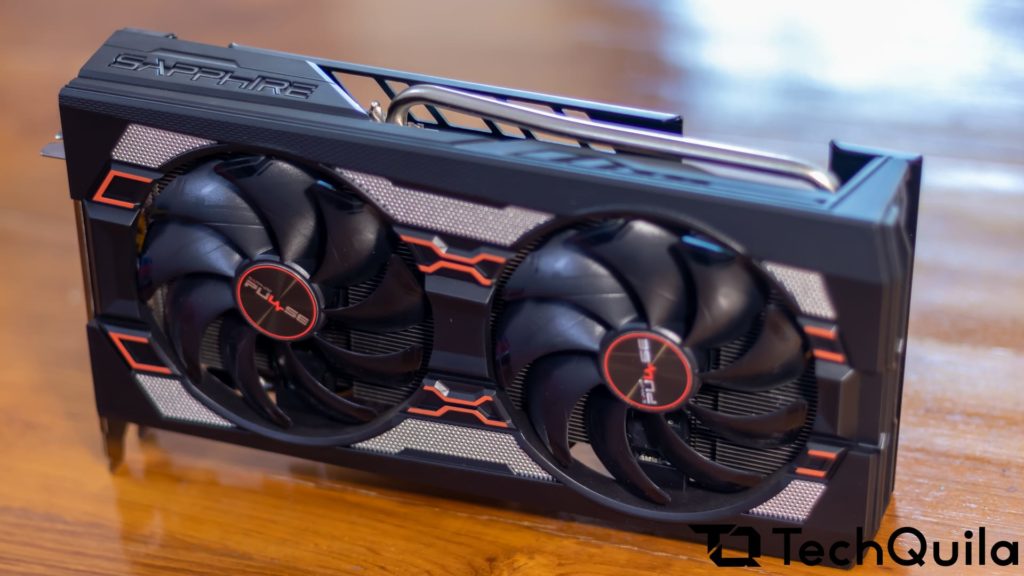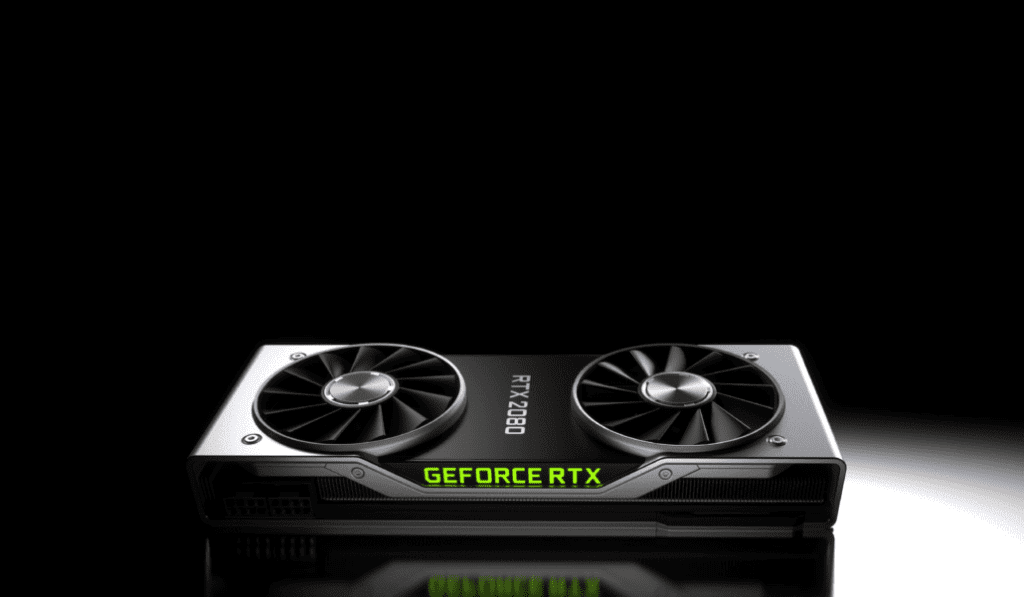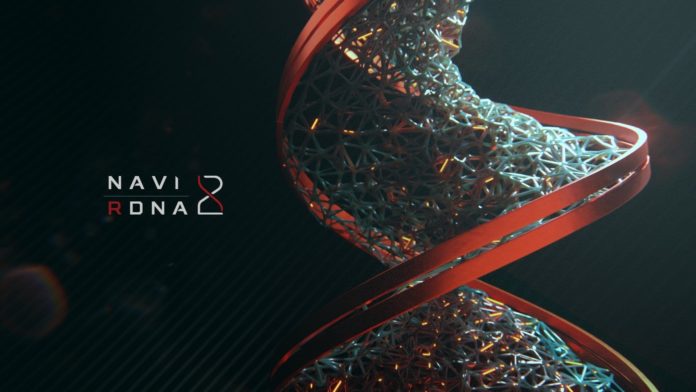A couple of days ago we got some rumors surrounding AMD’s impending Big Navi GPU. The next-gen card is still on track to launch in the latter half of this year, finally giving some tough competition to NVIDIA’s 2080 Ti (Or the Ampere equivalent, depending on the timing). While that sounds great for enthusiasts, I’m more interested in the lower end cards powered by RDNA 2 that’ll come after it.
It’s no secret that the number of people who use higher-end cards is quite low when compared to the average gamer. Recently a steam survey found that most gamers are still using the humble GTX 1060 as their graphics card of choice. The newly released Radeon RX 5600 XT meant to replace that, but considering we’re on the brink of a new console generation, I think those gamers should hold off.

The new consoles, namely Sony’s PS5 and Microsoft’s Xbox Series X, will both sport GPUs built on AMD’s RDNA 2 architecture. As such, both consoles will include hardware raytracing support. We all now next-gen games will be heavily supporting raytracing with the consoles having that functionality built-in. On the one hand, NVIDIA has been telling everyone to jump on that bandwagon early. A lot of budget-conscious gamers have chosen to do it after more games support it. That’s precisely the window AMD is looking for.
Now, before this turns into another AMD vs NVIDIA thing, let me say that I want both companies to do good. NVIDIA has been going really well with AI features like RTX voice, which adds some extra value to those who paid a premium for the RTX cards. AMD has been providing a great value with the Radeon RX 5000 series, especially for budget gamers. Adding raytracing to the mix with Big Navi will only enhance the experience on the lower end level.

The RX 6700 XT (or whatever Big Navi is actually called) will no doubt be aiming for the enthusiast, but that won’t benefit the majority of gamers. Historically, both companies launch their enthusiast card first, with the rest of the lineup releasing over the next few months. This time though, it’d do well for AMD to release at least 2-3 cards in the RDNA 2 lineup together. I’d imagine that to include the RX 6600 XT (speculative title), which would aim 1080p gamers at a cheaper price point.
For gamers who want the versatility of a PC but don’t want to get a console, lower-end RDNA 2 cards are the way to go. Considering how great AMD’s products have been in the price-to-performance ratio, I’m looking forward to NVIDIA’s pricing on the Ampere (RTX 3000) cards. It’s been a long time since both companies had products offering similar features going against each other in the entire lineup.

After all, bringing these currently expensive features to the masses is one of the main goals of the new consoles. You can currently build a PC that competes against the new consoles’ GPU power with a 2080 Ti, but that’s not really cost-effective, is it? We need lower-end cards like the GTX 1050 Ti, found in many budget gaming laptops, with features like raytracing to truly compete against consoles.
AMD’s RDNA 2 cards should be releasing sometime around September (starting with Big Navi) if rumors are to be believed. NVIDIA’s RTX 3000 (Ampere) should also be launching around the same time. As for the consoles, the PS5 and Xbox Series X will launch for the ‘Holiday 2020’ season, so expect them to drop any time after October. It’s going to be an interesting year for gamers all around, with technology that will determine the next generation of gaming coming out on all platforms.



Dude, c’mon, it’s like you don’t actually know what you are talking about. Releasing low end cards first would cut in to the sales of the current stock and would be pointless since the current stock delivers the same performance. Releasing top end would mean AMD has a full spectrum and can still sell the older stock from 5k series while they work on building up the portfolio for their replacement at most efficient price to performace ratio.
it would be perfect for AMD if they release something around the $100 mark that is low power consuming and performs somewhere close to a rx 580 or 570. these seem to be very popular with the budget or low spec gamers.